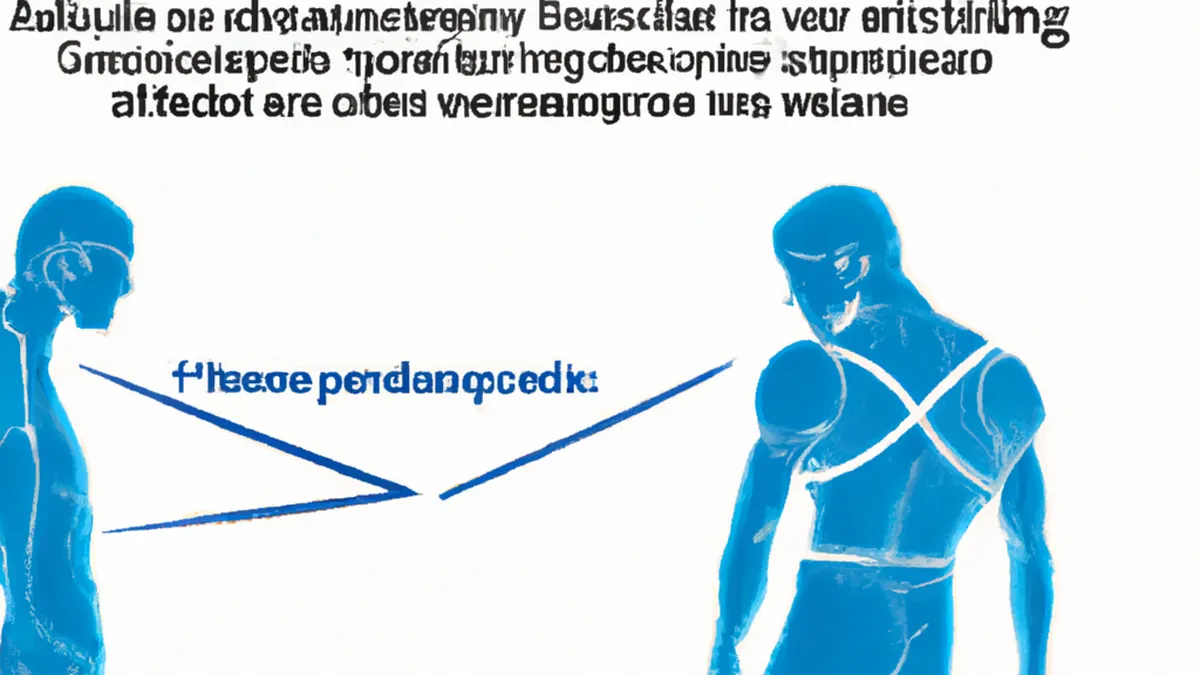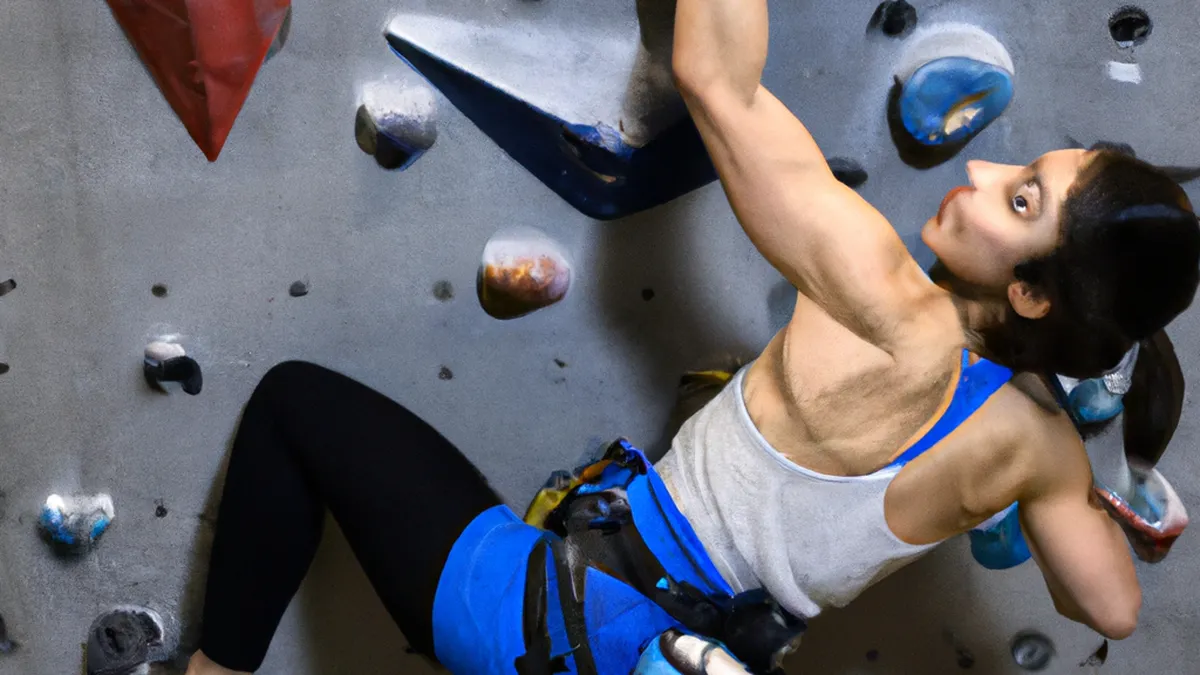Simplifying Shoulder Rehab for Volleyball Players
How to Develop an Educational Video Series on Shoulder Care for Volleyball
Volleyball demands quick movements and powerful spikes, which can strain shoulders. Create an educational video series to help players maintain shoulder health. This guide outlines steps to develop an engaging and informative series.
Understanding the Importance of Shoulder Care
Shoulder injuries commonly occur in volleyball. Players frequently use their shoulders for serving, spiking, and blocking. Understanding shoulder care is essential to prevent injuries. A well-crafted video series can educate players on injury prevention and recovery techniques.
Identifying Your Target Audience
Identify your target audience before starting. Focus on youth players, collegiate athletes, or recreational players. Tailor your content to meet their specific needs. Youth players may need simpler explanations, while collegiate athletes might prefer advanced techniques. Knowing your audience ensures relevant content.
Researching Common Shoulder Injuries
Research common shoulder injuries in volleyball. Rotator cuff tears, shoulder impingement, and tendonitis frequently affect players. Gather reliable information from sports medicine professionals and physical therapists. Highlight specific injuries in your videos to help viewers understand their risks.
Planning Your Video Series
After understanding your audience and common injuries, plan your video series.
Creating an Outline
Create an outline to break down the series into manageable topics. Consider these episode titles:
1. Introduction to Shoulder Anatomy
2. Common Shoulder Injuries in Volleyball
3. Warm-Up and Stretching Techniques
4. Strengthening Exercises for Shoulder Stability
5. Recovery and Rehabilitation Tips
This outline provides a logical flow, starting with anatomy before discussing injuries and care techniques.
Choosing the Right Format
Decide on the video format next. Use a combination of live demonstrations, animations, and expert interviews. Live demonstrations engage viewers. Animations simplify complex concepts, while interviews with physical therapists add credibility.
Filming and Editing Your Videos
With a solid plan in place, film and edit your videos.
Gathering Equipment
Invest in good-quality recording equipment. Use a decent camera, tripod, and microphone to enhance video quality. If filming demonstrations, ensure adequate lighting. Good visuals and sound enhance professionalism and enjoyment.
Editing Your Footage
After filming, edit your footage carefully. Use software to cut unnecessary parts. Add graphics, subtitles, and background music to engage viewers. Keep videos concise, ideally between 5 to 10 minutes, to maintain attention.
Promoting Your Video Series
Once your videos are ready, promote them effectively.
Utilizing Social Media
Share your series on social media platforms. Use Instagram, Facebook, and YouTube to reach a broader audience. Create engaging posts that highlight key takeaways. Encourage viewers to share your content with teammates.
Collaborating with Coaches and Clubs
Partner with local volleyball clubs and coaches. Offer to present the video series as part of their training programs. This collaboration helps your content reach the right audience. Coaches can encourage players to watch the series, increasing viewership.
Benefits of an Educational Video Series
Creating an educational video series on shoulder care offers several benefits.
Enhancing Injury Awareness
First, it raises awareness about shoulder injuries. Players become informed about risks and preventative measures. This knowledge can lead to fewer injuries on the court.
Promoting Healthy Practices
Second, it promotes healthy practices among players. Incorporating warm-up routines and strengthening exercises improves shoulder health. Players learn to recognize injury signs early.
Building a Supportive Community
Finally, it fosters a sense of community among players. Sharing knowledge about injury prevention creates a supportive environment. Players can discuss experiences and support each other in maintaining health.
Conclusion
Developing an educational video series on shoulder care for volleyball is valuable. It raises awareness about injuries, promotes healthy practices, and builds community. With careful planning, engaging content, and effective promotion, you can impact players’ shoulder health. Start your project today to help players enjoy the game while taking care of their bodies!
Below are related products based on this post:
FAQ
What is the main goal of creating an educational video series on shoulder care for volleyball?
The main goal is to raise awareness about shoulder injuries commonly faced by volleyball players, educate them on injury prevention and recovery techniques, and promote healthy practices that enhance shoulder health.
How can I identify the right target audience for my video series?
Identify your target audience by considering their skill levels and needs. Focus on youth players, collegiate athletes, or recreational players and tailor your content accordingly. Youth may require simpler explanations, while collegiate athletes might benefit from more advanced techniques.
What are some effective ways to promote the video series once it’s completed?
Effective promotion can be achieved by utilizing social media platforms like Instagram, Facebook, and YouTube to reach a broader audience. Additionally, collaborating with local volleyball clubs and coaches can help present the series as part of their training programs, encouraging players to watch and share the content.















Post Comment